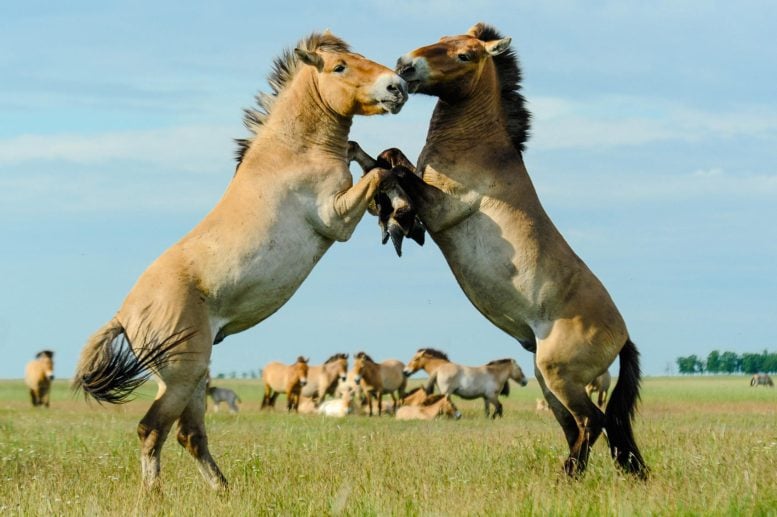
Harem stallions fight for the females and protect their harems against predators and the bachelor males, which are non-breeding males without a harem. Credit: Katalin Ozogány
The findings reveal that wild horses, just like humans, live in a complex, multilevel society. The organization and even past and future shifts in group dynamics can be deciphered using high-definition aerial footage.
Researchers from the Hungarian Research Network (HUN-REN), the University of Debrecen (UD), the Eötvös Loránd University (ELTE), and the Hortobágy National Park Directorate studied the social dynamics of the Przewalski’s horse herd in Hortobágy. They utilized drone technology combined with extensive population monitoring data for their analysis.
By deploying two drones, the team meticulously monitored the movements of the herd of 278 Przewalski’s horses with high temporal and spatial resolution, while individually identifying most of the animals. The results show that wild horses, just like humans, live in a complex, multilevel society, the structure of which ‒ and even group changes in the past and future ‒ can be understood with the help of high-resolution aerial videos.
The paper presenting the research was published in the prestigious scientific journal Nature Communications.
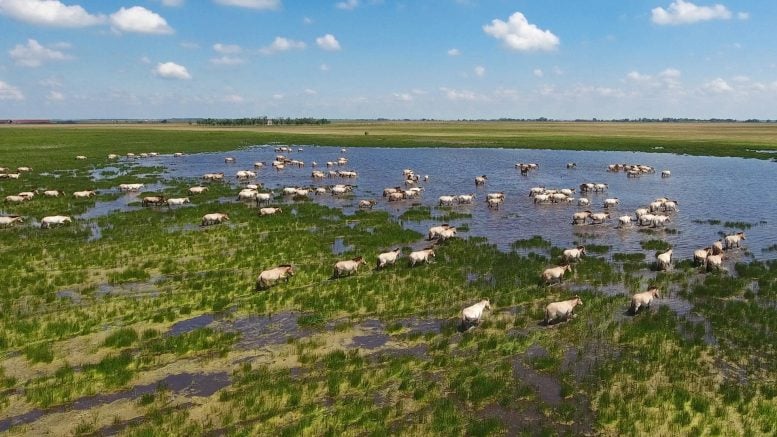
In Hortobágy National Park, Hungary, harems of Przewalski’s horses come together to form a large multilevel herd. Each harem consists of a single male – the harem stallion – and several females and their juvenile offspring. Credit: Katalin Ozogány
Investigating the social behavior of a large group of animals is time-consuming work if one uses classical observation methods. However, the study published in Nature Communications highlights that by collecting high-resolution data, even a few minutes of footage of animal movements can provide enough information to learn about the social structure of the population and even draw conclusions about the past and future dynamics of the group.
“We wanted to investigate the group movements of the Przewalski’s horse herd in Hortobágy, Hungary. However, observing nearly 300 horses at the same time is not an easy task,” says Katalin Ozogány, the first author of the study, a member of the HUN-REN–UD Behavioural Ecology Research Group of the Hungarian Research Network and the University of Debrecen (Hungary). “We took aerial videos of the herd using drones while they were moving around the reserve, and based on the footage, we determined the movement routes of all the individuals of the herd with high spatiotemporal resolution.”
Multilevel societies
The multilevel social structure that is also characteristic of humans is rare in animals. It is mainly found in primates but also occurs in cetaceans, elephants, and some ungulates that individuals form smaller family groups (for example harems or a group of related females led by a matriarch), and these family groups form a larger, looser community.
youtube.com/watch?v=H2BhFjEbZDE
Video abstract of the research. Credit: University of Debreceni
Przewalski’s horses have been living in Hortobágy since 1997 in the Pentezug reserve. In the first years after founding the population, the harems of wild horses lived in their own home ranges and rarely interacted with each other. For over a decade, however, the harems together form a large herd, in which harems can still be distinguished, but they move together in the reserve. The researchers studied the group movements of this complex herd, made up of harems.
Analysis of collective movements reveals social behavior
Analysis of the herd’s movements yielded surprising results. “The individuals of the group coordinate their movements and align with each other, and by detecting these fine interactions between the individuals, it turned out that we can assess the herd’s social network based on the group movements,” explains lead author Máté Nagy, head of the Collective Behaviour ‘Lendület’ Research Group of the Hungarian Academy of Sciences and Eötvös Loránd University (Hungary).
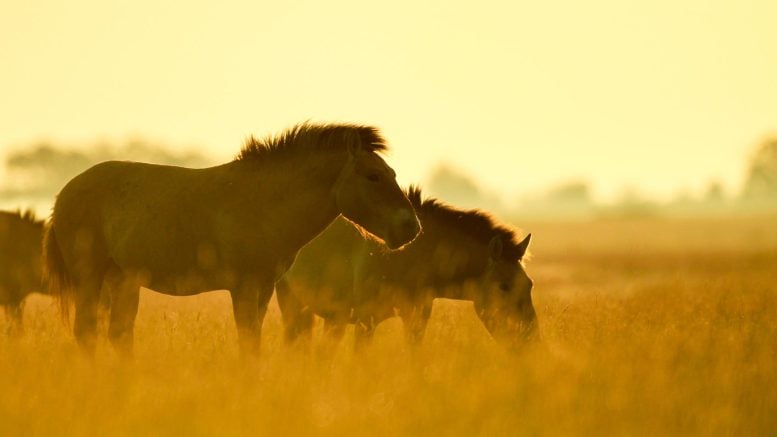
Przewalski’s horses are the last living subspecies of wild horses, native to Mongolia. Their Mongolian name “takhi” means “spirit”. Credit: Katalin Ozogány
The researchers combined the short-term movement observations of a few minutes with the long-term population monitoring data of the national park going back two decades. Since the establishment of the reserve, the wild horses have been individually recognized by the park staff who regularly collected data on population changes. “Thanks to population monitoring, we know the parentage of the animals, which we also confirm with genetic sampling, as well as their place in the social system, that is, we regularly record which individual belongs to which harem,” says co-author Viola Kerekes, project leader of the Hortobágy National Park Directorate.
The herd’s social network
The analyses showed that the social relations of wild horses are related to kinship and familiarity of the animals. For example, female horses (mares) are closer to each other in the social network if they have been harem mates for a longer time.
Kinship may play a significant role in the organization of harems into herds since harems of sibling stallions (the single breeding male in a harem) are closer to each other in the social network than harems of unrelated stallions. Between the closer harems, at the same time, the dispersal of mares was greater, which also contributes to the relations between harems through familiarity.
“It is an exceptional opportunity to explore the social network of an entire population and its dynamics,” explains co-author Attila Fülöp, a researcher at the Babeş-Bolyai University (Romania) and the HUN-REN–UD Behavioural Ecology Research Group. It turned out that older and larger harems, which typically belong to older and more experienced stallions, occupy more central locations in the herd’s social network. A possible explanation is that harem stallions form an alliance to protect their harems more effectively against the bachelor males.
Future group dynamics
“One of the surprising outcomes of the study is that we can infer future group dynamics by observing current movement,” adds Zoltán Barta, lead author, head of the Department of Evolutionary Zoology of the University of Debrecen and the HUN-REN–UD Behavioural Ecology Research Group.
The researchers showed that mares that lived in different harems at the time of the aerial observations but became harem mates within two years after the observations, were already moving in more similar routes than the other mares. So, through the movement analysis, it was also possible to conclude which mares will leave their harem in the next two years and which harem they will transfer to.
“Not only did we learn new, previously unknown details about the social life of Przewalski’s horses, but we highlighted that drone observations, which can be applied even in wild populations, can provide very detailed information.”
Reference: “Fine-scale collective movements reveal present, past and future dynamics of a multilevel society in Przewalski’s horses” by Katalin Ozogány, Viola Kerekes, Attila Fülöp, Zoltán Barta and Máté Nagy, 5 September 2023, Nature Communications.
DOI: 10.1038/s41467-023-40523-3


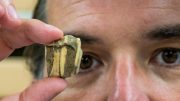

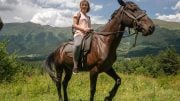
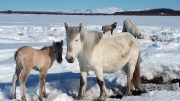
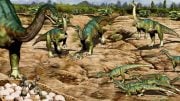
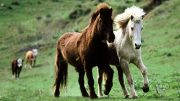
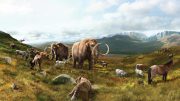
…of the horses that did not mob us to buy their NFTs, most of the horses identified with Will Arnett (or sometimes his character or their character,) and indeed they would not write in a harem with fewer than 6 other writers.